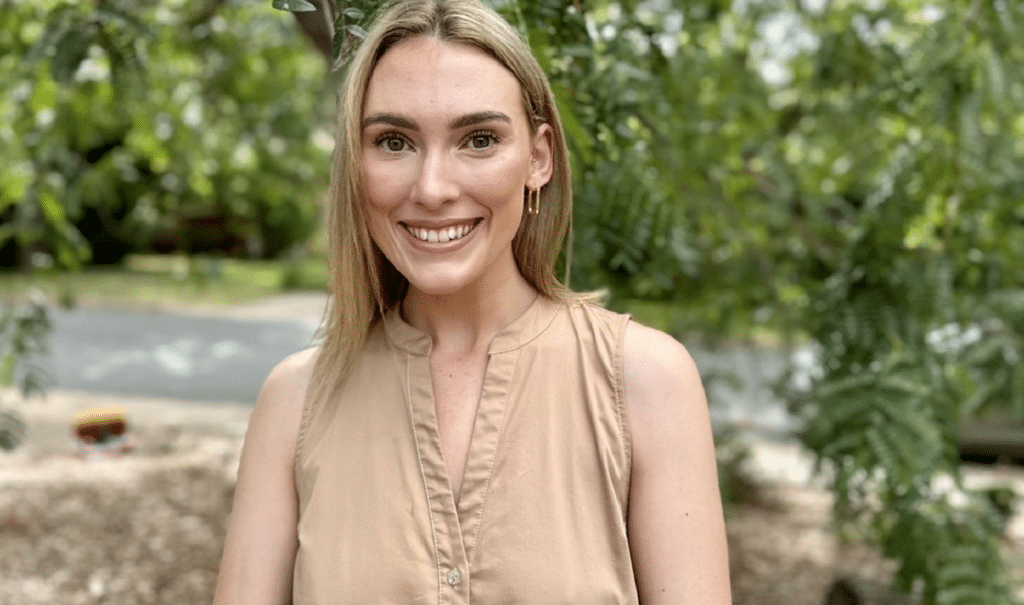The past week in Australian journalism might best be described as paradoxical, as headlines detailing the appetite for, and barriers to ending sexual violence across the nation saturated the media landscape in almost equal measure.
At Parliament House, victim-survivors, NGOs, academics, and advocates alike provided testimony to the Senate Committee into current and proposed sexual consent laws. The landmark inquiry – through which the merits of legislative ‘harmonisation’ are being debated, is a welcome (and long overdue) federal effort to address the gross, persistent inadequacy of formal justice outcomes experienced by victim-survivors at state and territory levels.
In the days preceding the inquiry, news broke about the axing of a federally funded university level respectful relationships campaign, for concerns about its ‘explicit nature’. Concurrently, social media played host to vehement public outcry regarding Yumi Stynes and Dr Melissa Kang’s Welcome to Sex, written to empower teens of all genders with the information they need to keep them safe and informed as they navigate sex and sexuality. The backlash forced Australian retailer Big W to remove the guide from their shelves to protect their staff from abuse.
Along with many of those who provided Senate testimony, I’m left questioning the impact of legislative change in an Australia that is yet to fully embrace comprehensive sexuality and consent education, and where harmful attitudes and behaviours persist. Indeed, the 2021 National Community Attitudes survey revealed that nearly half of Australians (47 per cent) do not believe violence against women is a problem in their suburb or community. This is where the battle to end sexual violence is being fought.
This challenge is something that my PhD research reckons with, albeit for a tangential issue – technology-facilitated abuse that occurs on dating apps. How do we ensure user safety and promote consent on platforms that Nancy Jo Sales – a prolific techno-feminist writer for the New York Times, has controversially labelled as the ‘digital embodiment of rape culture’?
This is not to say that dating apps outwardly condone abuse. A handful of the 1500 ‘dating and relationships’ apps have made concerted efforts to address the ways their platforms can be used to cause harm. What is inescapable, and perhaps irreversible, is the widespread normalisation of sexual violence and harassment in dating app contexts. Indeed, as Aileen Barratt, author of ‘Tinder Translator: an A to Z of Modern Misogyny’ writes, “we become hardened to the objectification and sleaze pretty quickly”.
In some ways, this belief is embedded in app design itself. For instance, the sheer volume of users sends a message that there are seemingly infinite opportunities to establish romantic connection. As Barratt suggests, “…we begin to see each other as ever replaceable; there is always another face to swipe on, another date to go on”.
Furthermore, when considering a heterosexual relationship dynamic, Nancy Jo Sales argues that the ‘hot or not’ game users are encouraged to play as they swipe encourages the objectification of women.
To make this argument, Sales draws upon behavioural design theory, which holds that through repetition, people’s attitudes change to match their behaviours. Here, dating apps can be observed to create a situation in which the act of swiping on faces and bodies, conditions one to believe that this is an acceptable way to treat others.
This can create imbalanced expectations between users when they meet in person. Indeed, multiple (female) participants in QUT Researcher Dr Rosalie Gillett’s 2020 research recalled experiences in which (male) users they matched with on Tinder interpreted their mere presence on the app as implied consent to participate in immediate sexual activity.
This is the climate within which efforts to end sexual violence are situated.
So where does this leave us?
How do we reduce harm on platforms that (intentionally or not) rely on user objectification?
How do we address user safety, without compromising the underlying purposes for which dating apps are used?
How do we balance safety with privacy, and a diversity of user needs and identities?

Bumble is one app demonstrating a public commitment to tackling these issues. Their ‘Brunch with Bumble’ series invites a diversity of stakeholders to the table to discuss technical and societal interventions needed to create lasting systemic change. The most recent event held in June explored how the platform can safeguard users as they balance their desire for intimacy with navigating consent in digital spaces.
While Bumble appears to be leading the way, in an ever-expanding dating app marketplace, the time has come to consider what role the Government should be playing in the regulation of this industry. My PhD research explores this question, and works to unveil the harmony through which users, industry, and government can work in tandem to safeguard users from harm and promote affirmative consent both on and offline.
Irrespective of whether Australia’s legislative basis for consent grows in the wake of the Senate Inquiry, behavioural and attitudinal change need to be pursued with similar force.
Any app level change made to reduce technology facilitated abuse is arguably meaningless, when more broadly, rape culture remains our reality.


